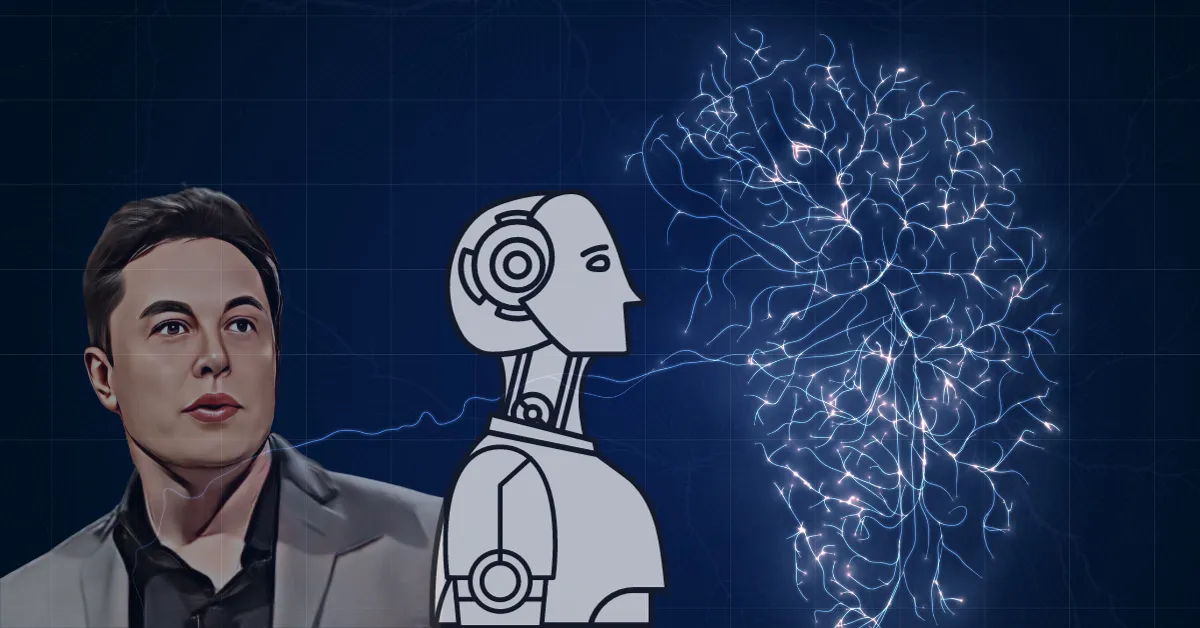Neuralink’s Groundbreaking Human Trials
In the realm of cutting-edge technology and human-machine interfaces, Elon Musk’s brain-computer interface (BCI) startup, Neuralink, is making headlines. Neuralink has initiated the recruitment process for its first-ever human trial, marking a pivotal moment in the quest to connect the human brain to computers.
The company’s primary aim is to test its groundbreaking technology on individuals with paralysis, potentially granting them the ability to control computer cursors and type solely using their thoughts.
The Path to Human Trials
Securing approval from the US Food and Drug Administration (FDA) for its initial human clinical trial in May was a significant milestone for Neuralink. This achievement followed earlier challenges in gaining regulatory approval. The company had initially sought permission to implant its devices in ten individuals, although the final number of participants has not been disclosed.
The Technology Behind Neuralink
At the heart of Neuralink’s groundbreaking technology lies the N1 implant, a device powered by a wireless-rechargeable battery. During the anticipated six-year study, a specialized robot will meticulously place 64 ultra-thin, flexible threads (thinner than a human hair) onto a specific area of the brain responsible for “movement intention.” These threads facilitate the wireless recording and transmission of brain signals to an app, which then deciphers the user’s intended movements.
Potential Participants and Medical Conditions
Neuralink’s human trial is open to individuals who are grappling with quadriplegia due to injury or amyotrophic lateral sclerosis (ALS), a debilitating condition characterized by the degeneration of nerve cells in the spinal cord and brain. For these individuals, Neuralink’s technology offers the potential to regain a degree of control over their lives that was previously unimaginable.
Competition in the Field
While Elon Musk’s association with Neuralink has undoubtedly heightened the company’s visibility, it faces competition from other established players in the field, some of whom have a track record dating back nearly two decades. One such contender is Utah-based Blackrock Neurotech, which implanted its first BCIs in 2004.
Additionally, Precision Neuroscience, founded by a co-founder of Neuralink, aims to assist individuals with paralysis through an implant that resembles a thin piece of tape placed on the brain’s surface.
Promising Developments in BCI Technology
The broader field of brain-computer interfaces is experiencing significant advancements. Recent studies in the United States have employed BCIs to monitor brain activity when individuals attempt to communicate verbally, offering hope for individuals with conditions that affect their ability to speak.
Challenges Ahead
While Neuralink enjoys an advantage in terms of its robotic-assisted implantation procedure, questions remain about the efficacy and reliability of its method for translating brain signals into useful actions. Competing technologies, such as those developed by Blackrock Neurotech, present compelling alternatives.
Conclusion
In conclusion, Neuralink’s foray into human trials marks a pivotal moment in the journey toward seamless communication between the human brain and machines. While the competition is fierce, the potential benefits for individuals with paralysis or neurological conditions are immense. The coming years promise to be an exciting time for the development of BCIs and their potential to transform lives.



